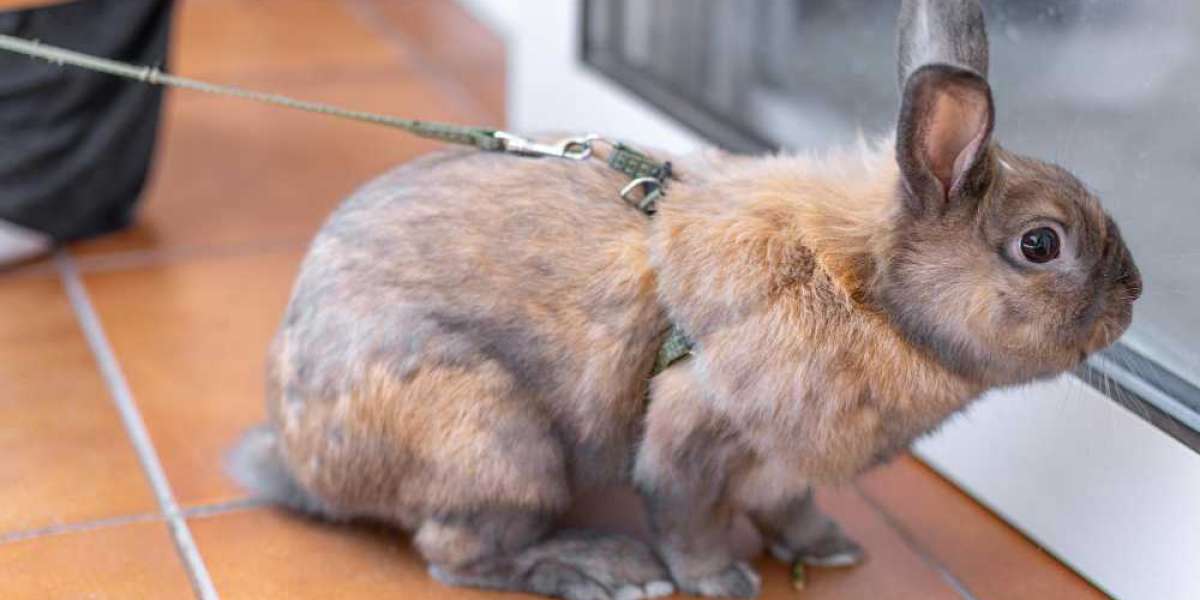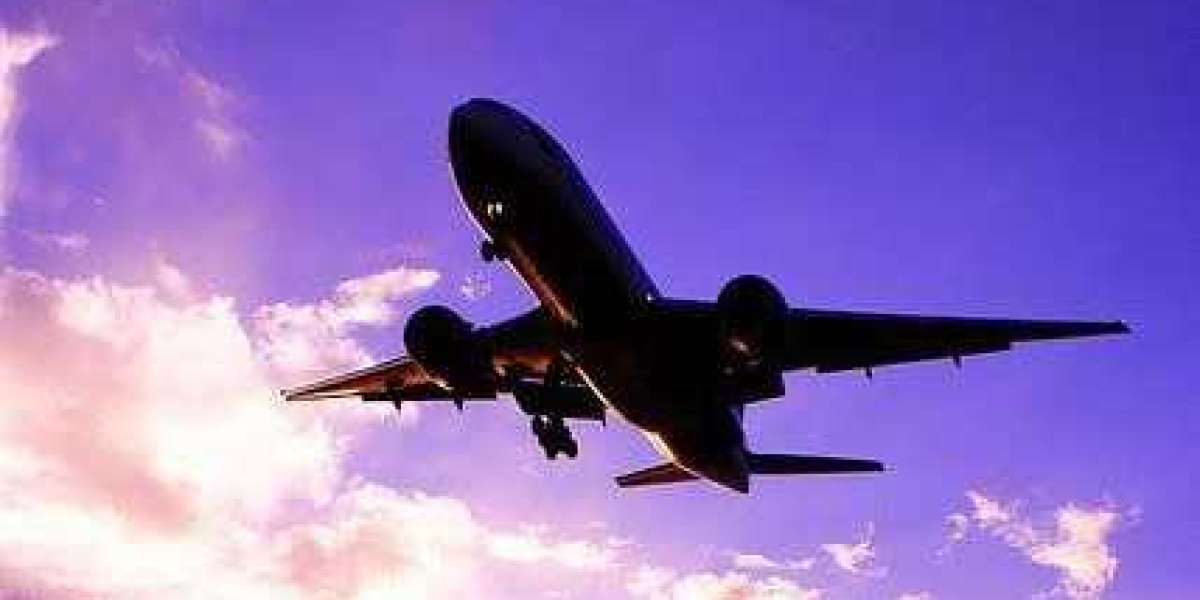Ecosystems are intricate networks of living organisms and their physical environment, functioning together as a unit. Wildlife plays a vital role in maintaining the balance within these ecosystems, ensuring that every organism, from the smallest microbe to the largest predator, has a role to play. The delicate interplay among species and their environment is what keeps ecosystems resilient and thriving. This article explores the various ways wildlife sustains the balance of ecosystems and highlights the critical need for conservation efforts to protect biodiversity.The Role of Wildlife in Ecosystems
Wildlife contributes to the balance of ecosystems through various ecological roles. Predators, herbivores, and decomposers all have specific functions that regulate populations, recycle nutrients, and maintain biodiversity.Predators as Population RegulatorsPredators play a critical role in controlling the population of herbivores and smaller prey animals. By doing so, they prevent overgrazing and overpopulation, which could otherwise lead to habitat destruction.
For instance, wolves in Yellowstone National Park have been instrumental in controlling deer and elk populations. Their presence has allowed vegetation to recover, which, in turn, supports other species like birds and beavers.Herbivores and Plant Dynamics.
Herbivores such as deer, rabbits, and elephants influence vegetation patterns and contribute to the dispersal of seeds. Their feeding habits shape plant growth and help maintain a variety of plant species within ecosystems. For example, elephants in African savannas knock down trees, creating grasslands that support a wide array of species.Decomposers and Nutrient Cycling.
Role of Decomposers in Nutrient Cycling and Ecosystem Balance
Decomposers like fungi, bacteria, and insects break down organic matter, recycling nutrients back into the soil. This process is essential for plant growth and sustains the food web by providing resources for primary producers. Without decomposers, ecosystems would be overwhelmed with waste, and nutrient cycling would halt, disrupting the entire system.
Reducing Invasive SpeciesInvasive species disrupt ecosystems by outcompeting native species for resources. Efforts to control invasive populations, such as Rat removal near me, help restore balance to ecosystems and protect native wildlife.The Role of Technology in ConservationAdvances in technology have revolutionized wildlife conservation. Tools like satellite monitoring, camera traps, and drones provide valuable data on animal populations, behavior, and habitat use.Data Collection and Analysis.
This adaptability is crucial for the long-term survival of species and the health of ecosystems.Species InterdependenceEcosystems are interconnected networks where species depend on one another for survival. Pollinators like bees and butterflies are vital for plant reproduction, while plants provide food and shelter for various animals. Disrupting one part of this network can have cascading effects on the entire ecosystem.
Human Impacts on EcosystemsHuman activities have significantly disrupted the balance of ecosystems. Habitat destruction, pollution, climate change, and overexploitation of resources are some of the major threats to wildlife and biodiversity.Habitat DestructionUrbanization, agriculture, and deforestation have led to the loss of habitats for many species. Fragmented habitats make it difficult for wildlife to find food, reproduce, and migrate, leading to population declines and, in some cases, extinction.
Impact of Pollution on Ecosystems and Wildlife
Pollution and ContaminationPollution from industrial, agricultural, and domestic sources has far-reaching effects on ecosystems. Chemicals in water and soil can harm wildlife, disrupt reproductive cycles, and reduce the availability of clean resources. For instance, plastic pollution in oceans has severely affected marine life, with animals ingesting or becoming entangled in debris.
Climate ChangeClimate change is altering ecosystems at an unprecedented rate. Rising temperatures, shifting weather patterns, and melting ice caps are forcing species to adapt, migrate, or face extinction. Coral reefs, for example, are bleaching due to rising sea temperatures, threatening the diverse marine life that depends on them.Conservation Efforts to Protect Wildlife
Protecting wildlife and restoring ecosystems require concerted efforts from governments, organizations, and individuals. Conservation initiatives aim to preserve habitats, reduce human-wildlife conflict, and promote sustainable practices.Protected Areas and Wildlife Corridors
Establishing protected areas such as national parks and wildlife reserves is essential for conserving habitats and species. Wildlife corridors, which connect fragmented habitats, enable animals to migrate safely and maintain genetic diversity.Community InvolvementEngaging local communities in conservation efforts ensures sustainable practices and reduces conflicts between humans and wildlife. For example, ecotourism initiatives provide income for communities while promoting wildlife conservation.
Controlling Invasive Species to Protect Ecosystems
Accurate data is essential for understanding ecosystems and developing effective conservation strategies. Remote sensing and geographic information systems (GIS) help monitor changes in land use, deforestation, and climate patterns.Anti-Poaching MeasuresTechnology has also enhanced anti-poaching efforts. GPS tracking, infrared cameras, and real-time alerts help rangers protect endangered species from illegal hunting.
Biodiversity: The Foundation of Ecosystem StabilityBiodiversity, or the variety of life forms within an ecosystem, is a cornerstone of ecological stability. A diverse range of species ensures that ecosystems can withstand environmental changes and recover from disturbances.Genetic Diversity and AdaptationGenetic diversity within species allows populations to adapt to changing conditions, such as climate fluctuations or disease outbreaks.
The Future of Ecosystem Balance Ensuring the long-term balance of ecosystems requires a global commitment to sustainable practices and biodiversity conservation. Education and awareness play a crucial role in fostering a sense of responsibility toward the environment.The Role of Education














